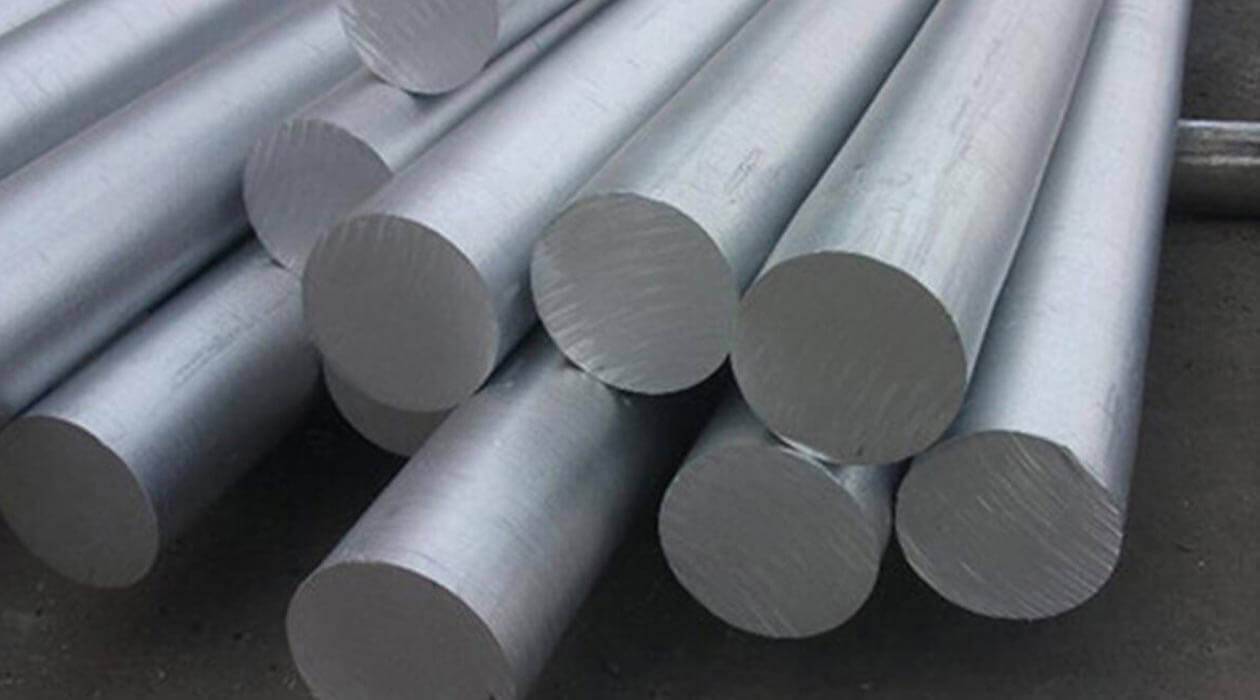Introduction
A lot of would-be homeowners are seeing the dream of owning a custom home become a reality; however, many have dealt with the headaches of getting construction loans. They are specialized loans designed to fulfill specific financial needs that are unique to construction. In this blog, read about construction loans: how they work, what you should know when applying, and what you don’t want to know when getting a construction loan.
Construction Loans
A construction loan is a short-term loan meant to finance the cost of building a new home or other real estate. Construction loans typically will include a time frame as part of their terms of six months to a year, so the borrower has time to complete his or her construction work. The funds are usually provided in stages according to the advancement made in the construction.
Key Features of Construction Loans
- Interest-Only Payments: In the construction period, only the interest payments are made on the loan. This would give relief on the financial burden during the construction period as the homeowners may pay lower monthly payments up to the time of completing construction.
- Draw Schedule: Money is disbursed strictly according to an exposed draw schedule that matches up with milestones of the construction process. The money flows to the borrower as he completes stages of the project so the money is there at the right time.
- Variable Interest Rates: Most construction loans carry variable interest rates that are usually tied to market fluctuations. In most cases, this means that the payments will be lower initially but increase if the rate climbs.
- Higher Interest Rates: Since construction has inherent risks, the interest rates of construction loans are much higher compared to other types of mortgages. Borrowers need to include this in the budget if considering a construction loan.
Application Process
Application for a construction loan involves the following steps:
- Pre-Qualification: Before embarking on the construction, prequalify for a construction loan. This will first help determine how much financing you are most likely to get based on your financial profile.
- Obtain All Required Documentation: Usually, loan companies require quite a number of documents in the application process. Preparing the comprehensive income proof, credit history, and actual detailed project plan could thus enable you to strengthen your application.
- Select a Builder: If you are not doing it yourself, select an appropriate builder. Lenders may have requirements about the qualifications and licensure of the builder you select.
- Apply: Once your documents and builder are in line, apply. Be prepared to give comprehensive information about your project and your financial circumstances.
- Undergo Appraisal and Inspection: The lender will insist on an appraisal to assess the value that the finished house will possess. In addition, inspection may be done in the construction stage to ensure that the home complies with the local building code and laws.
- Loan Approval: After your application has passed through the lender and his institute, you will receive a commitment letter from them indicating the loan amount, terms, and conditions.

Possible Challenges
The highest risks that accompany construction are cost overrun. Construction costs can easily go out of hand owing to unexpected factors, and therefore, the borrowers should have contingency plans that help them incur added costs.
- Delayed Construction: Delayed construction leads to loan periods. This may incur additional costs. You should maintain an open relationship with your contractor regarding developments to ensure you stay on schedule.
- Inexperience: The construction loan waters can be murky for a first-time builder. You may want to seek advice from experts and do research before making decisions.
- Economic Fluctuations: It is influenced by changing conditions in the economy, overall borrowing conditions, and interest rates. Keep abreast of the market to understand what would likely affect your construction loan.
Tips to Succeed
- Plan Cautiously: Spend quality time in designing a proper construction plan that elaborates on dimensions such as budget to the timeline. A smooth and well-structured plan can help avoid risks and easily flow through the entire process.
- Be Open with Your Lender: Usually, lenders will also be interested in following what is going on with your construction. They can also provide insight and assistance as you try to navigate any issues related to your construction.
- Consider Your Long-Term Financial Goals: Be sure that a construction loan fits into your long-term financial goals. Understand the comprehensive cost of the loan and make sure that it is compatible with your budget.
- Be Flexible: Nobody ever thinks their construction project will experience delays, changes, or unforeseen problems. Be flexible and ready for whatever might come your way.
Conclusion
A construction loan is one of the tools that help dream home builders build their future homes. Understanding the unique features, the application process, and possible challenges associated with these loans helps a prospective homeowner feel much more confident about stepping into the construction project. With proper planning, communication, and the willingness to adapt, you will turn your dream into reality, creating a home perfect for you and your needs.




